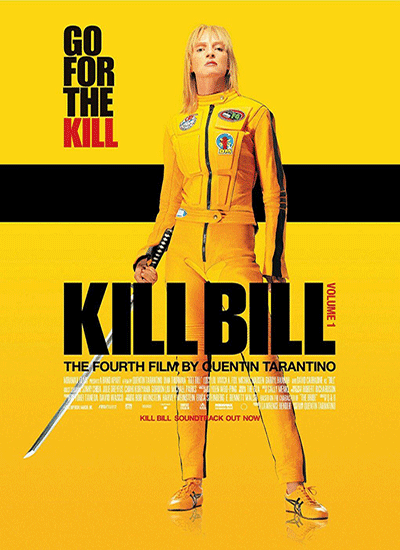
The Scene staff
I’ve spent a lot of time thinking about creativity. Some people seem to have this magical ability to come up with unique ideas. Others, not so much.
I began to contemplate the creative process after my composition teacher last semester encouraged us to use other people’s ideas, with proper credit, for our research papers.
After an hour of class discussion and a little research, I realized I was looking at the whole process wrong.
I initially thought borrowing and emulating was something only creatively challenged people had to do, but I found examples of those who are considered creative geniuses doing just that.
For example, prolific author Hunter S. Thompson retyped F. Scott Fitzgerald’s “The Great Gatsby” and Ernest Hemingway’s “A Farewell to Arms” just to get the experience of typing a great novel.
Thompson was tapping into rules and practices that are foundations of American literature, and he later used and subverted them in his own work.
Another example is Quentin Tarantino. He’s hailed as a very important film director, but two of his most popular movies (in the “Kill Bill” series) borrow extensively from “Game of Death,” “Shogun Assassin” and “The City of the Living Dead.”

Tarantino acknowledges this fact with pride.
”I steal from every single movie,” he said. “If my work has anything, it is that I am taking this from this and that from that and mixing it together.”
Looking at creativity this way helps demystify the process. It’s easy to think of it as something that just happens to people, but that’s not the case.
Further proof can be found in the work of academics.
It seems that in any given academic field, researchers are adding small amounts to huge discussions and complex ideas. So much of their creative process involves understanding other’s work before them.
I see a similarity between this incremental knowledge-building and Henry Ford’s approach to designing automobiles. He made a few small changes to ideas already in place to achieve his success.
“I simply assembled the discoveries of other men behind whom were centuries of work,” Ford said. “Had I worked 50 or 10 or even five years before, I would have failed.”
It brings to mind the famous phrase “standing on the shoulders of giants,” coined by Sir Isaac Newton.
The idea of making minor changes to existing work inspired me to start experimenting with guitar riffs in songs I like. I found multiple ways to augment them until they were completely different riffs.
I would have considered this “cheating” a few years ago, but now I understand there are no rules when it comes to creativity. If I start with somebody else’s song to create a riff, I won’t be arrested by the creativity police.
I find it most interesting when ideas and solutions come from starkly different areas than those to which they are being applied.
Take the song “Freak Show Excess.” Songwriter Steve Vai drew from elements of Bulgarian wedding music, a genre that uses bizarre time signatures and musical phrases that greatly contrast with Western music.
The result is a song that is completely unique among those in Vai’s catalog and the shred guitar genre as a whole.
Vai’s story, like all the others, has helped me see a world full of opportunities to borrow, remix, emulate and stand on the shoulders of giants.
